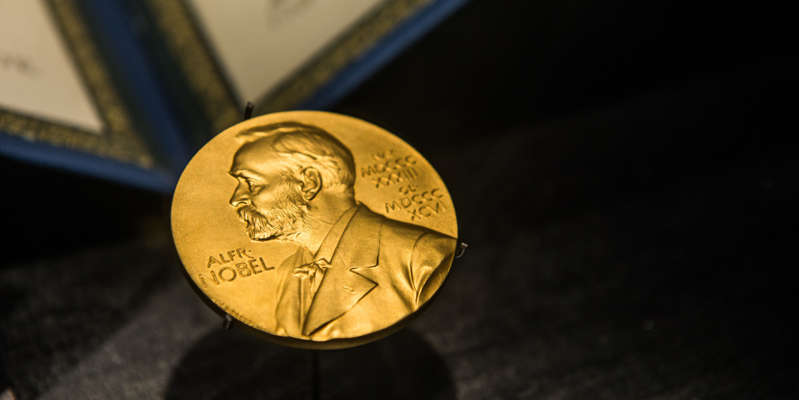
Alternative reality and discoveries of Nobel laureates
Today it became known that the Nobel Prize in Medicine for 2021 was awarded to American scientists David Julius and Ardem Pataputyan, who discovered receptor molecules that trigger biochemical reactions that lead to sensations of heat, cold or touch. The director of the Science and Technology Park of Biomedicine at Sechenov University, researcher at the Center for Digital Biodesign and Personalized Healthcare, Pyotr Timashev, told the MIR 24 correspondent what is the value of this discovery.
A person constantly receives information about the environment through the senses. The answer to the question “How exactly is the world perceived?” interested scientists for a long time. While the mechanisms underlying the perception of light by the eyes, the action of sound waves in the inner ear, and the generation of odors and tastes by various chemical compounds when interacting with receptors in the nose and tongue are relatively well understood; and the mechanisms of temperature and touch perception remained unclear until recently.
“Before the discovery of David Julius and Ardem Pataputyan, a general understanding of the functioning of the nervous system and the role of nerve cells such as sensory neurons, which respond to various stimuli, already existed,” the expert says. – Nevertheless, the question remained: how exactly the temperature and mechanical influence are converted into electrical impulses in the nervous system? It was the work of David Julius and Ardem Pataputyan that made it possible to establish the key molecular mechanisms and discover the key component of perception – ion channels that specifically respond to temperature or pressure. “
According to Peter Timashev, David Julius from the University of California at San Francisco (USA) was trying to find out how the chemical compound capsaicin, contained in chili peppers, causes a burning sensation. Julius and his colleagues went to great lengths to discover the gene responsible for this reaction. They found that this gene encodes an ion channel called TRPV1, also known as the capsaicin receptor. Later, when studying the functioning of this channel, a team of scientists found that it responds to temperature and is activated when it rises above a certain threshold (pain threshold for humans). So the first receptor responsible for the sensation of warmth was discovered, which made it possible to find other receptors for heat and cold.
A similar story happened with Ardem Pataputyan, who works at the Scripps Research laboratory in La Jolla (USA). The scientist sought to identify receptors that are activated by mechanical action. Pataputyan and his colleagues exerted a mechanical effect on individual cells using a special micropipette and identified a gene responsible for mechanosensitivity. As in the previous case, the gene encoded an ion channel called Piezo1, which is a mechanosensitive receptor. Soon, another similar channel, Piezo2, was discovered, and their role in the regulation of such important physiological processes as the maintenance of blood pressure and respiration was shown.
“Thanks to the discoveries of David Julius and Ardem Pataputyan, the understanding of the ability to feel heat and mechanical impact has significantly advanced. Open receptors are also involved in numerous physiological functions that depend on the sensation of temperature or mechanical stimuli, says Petr Timashev. “Thus, the achievements of scientists can be used to develop methods of treating a wide range of symptoms and syndromes of diseases, including chronic pain syndrome, impaired blood pressure, breathing and urination. In addition, these discoveries provide new insights into the design of feedback devices and augmented and alternate reality devices. ”

